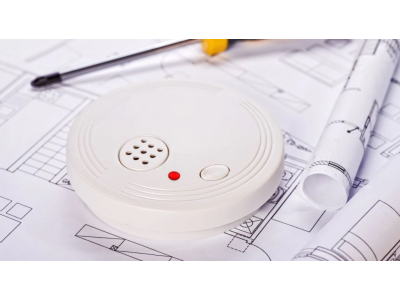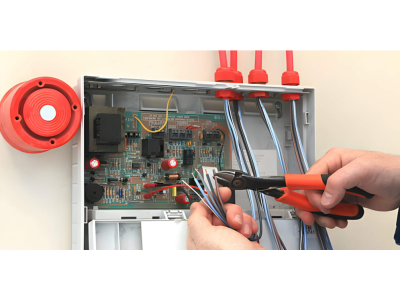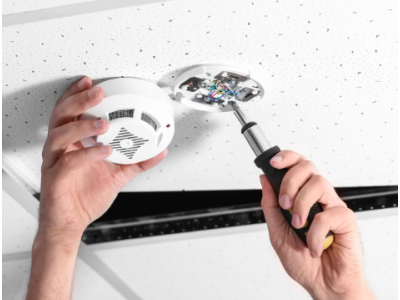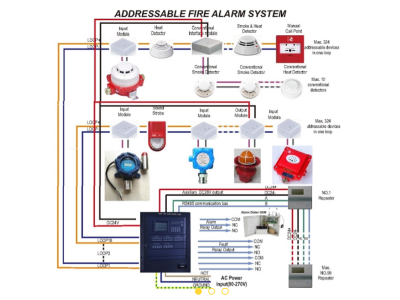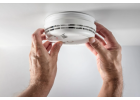
Security and Fire Alarm System Installation
Installing a reliable security and fire alarm system involves a series of critical steps to ensure maximum effectiveness. Proper planning, evaluation, and execution are key to protecting homes, businesses, and other properties.
Key Pre-Installation Steps
Before installation begins, a few organizational stages are necessary:
- Site Inspection: Evaluating the structural features of the building to determine the type and placement of sensors and devices.
- Technical Specifications: Developing a detailed project plan based on the inspection.
- System Design Documentation: Creating comprehensive documentation to guide the installation process.
Note: For fire alarm systems, ceiling height is crucial, while wall material and thickness are key considerations for security systems.
Technical Specifications for Project Planning
A well-drafted technical specification document includes:
- Types of devices and sensors.
- Wiring methods and cable connections.
- Installation guidelines for optimal performance.
For large-scale projects, technical documentation is essential, not only for installation but also for future maintenance and upgrades.
Security System Installation
When installing a security system in a home, garage, or vacation property, a formal project plan may not be required. However, choosing the appropriate security method is crucial:
- Autonomous System: No external monitoring required.
- GSM-Based System: Monitored and controlled via a GSM channel.
- Monitoring by a Security Company: Requires collaboration with a professional security provider.
Key Considerations for Effective Security:
- A single motion sensor can detect an intruder but only after they’ve entered the property.
- Adding sensors for window breakage or door tampering can provide earlier alerts, preventing potential theft.
Visibility of security equipment, such as window sensors, can also act as a deterrent to intruders.
GSM Security Systems
GSM-based systems are popular among DIY enthusiasts due to their simplicity and flexibility. To enhance the reliability of such systems:
- Use multi-function sensors that combine detection capabilities.
- Add additional features such as video surveillance or audio monitoring for remote verification of alarm events.
Connectivity Options:
- Wired Systems: Reliable but require more effort to install.
- Wireless Systems: Easier to install, especially for beginners, and often come in ready-to-use kits.
For GSM systems with video cameras, you can visually assess the situation upon receiving an alarm. Audio monitoring is a budget-friendly alternative, allowing you to detect unusual sounds.
Choosing the Right Equipment
Opt for equipment that meets local regulatory standards. Avoid low-cost imports with unclear instructions or poor technical support. Domestic brands often offer competitive performance with better documentation, compatibility with regulations, and accessible support.
For more insights into choosing and installing the right security and fire alarm systems, visit safsale.com. Protect your property with confidence!

